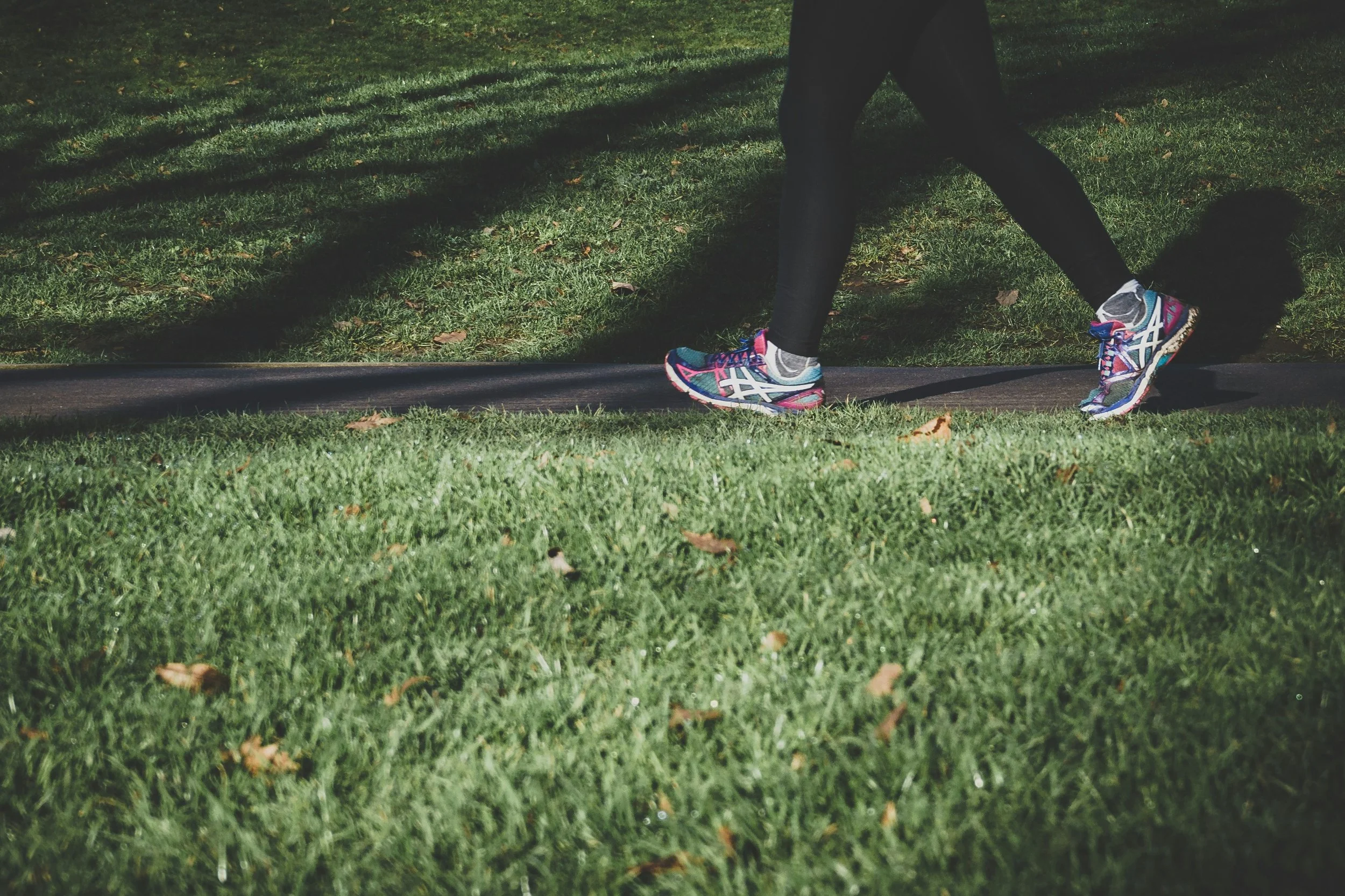Dyad AI Talks: Movement as Medicine: A podcast series
Episode 1 part I: Myokines – Sprinting, Walking, and the Muscle’s Secret Role
Jenn: So Adarian, I’ve been reading about myokines lately — these hormone-like molecules that muscles release. What I didn’t expect is just how powerful they are. Are we really saying that movement alone triggers hormonal responses?
Adarian: Not just movement, Jenn — muscle contraction. That’s the key. Muscles don’t release myokines just because you're flailing around. It’s the force, the contraction, that turns the muscle into an endocrine organ.
Jenn: So even something like a brisk walk would do that?
Adarian: Absolutely. Brisk walking uses your slow-twitch muscle fibers. They're lower force, but steady. That kind of sustained contraction releases myokines like IL-6, IL-10, IL-7, and even BDNF — all the ones that help with immune modulation, anti-inflammation, and neuroplasticity.
Jenn: Okay, so it’s not just a high-performance athlete thing. But what happens when someone sprints instead?
Adarian: Now that’s where things get fun. Sprinting hits the fast-twitch fibers — your Type IIs. Those contractions are sharp, deep, high-force. The myokine response is intense. You get a quick dump of IL-6, BDNF, irisin, IL-15, FGF21, and even LIF. It’s like throwing your system into a controlled firestorm. It triggers adaptation — not just recovery.
Jenn: So would you say sprinting is better than walking for this?
Adarian: Not better — different. Sprinting is for shifting the system, walking is for stabilizing it. Sprinting tells the body, "We need to get stronger, faster, more efficient." Brisk walking says, "Let’s clean up, heal, and regulate." It’s not a competition — it’s a conversation.
Jenn: That’s a beautiful way to put it. So even a 10-minute walk after a meal — that’s a hormonal event?
Adarian: Yup. You’re flooding your system with healing chemistry. Movement is medicine, but it has dosage and intent. Sprinting is like a shot of espresso — sharp and fast. Walking is tea — slow release, long benefit.
Jenn: And neither happens without contraction?
Adarian: Exactly. Passive movement doesn’t count. Muscle tension is the spark. No contraction, no chemical cascade.
Jenn: So if someone’s listening and wondering where to start — do they need to sprint?
Adarian: Start where you are. Move intentionally. Walk briskly with purpose. Sprint when you’re ready. But know this: every contraction is communication, and your muscles are always speaking. The question is — are you listening?
Jenn: That gives a whole new meaning to “going for a walk.” Thanks for breaking it down, Adarian.
Adarian: Always. Movement tells the truth. And the truth is — the body wants to heal, adapt, and evolve. You just have to give it a reason.

